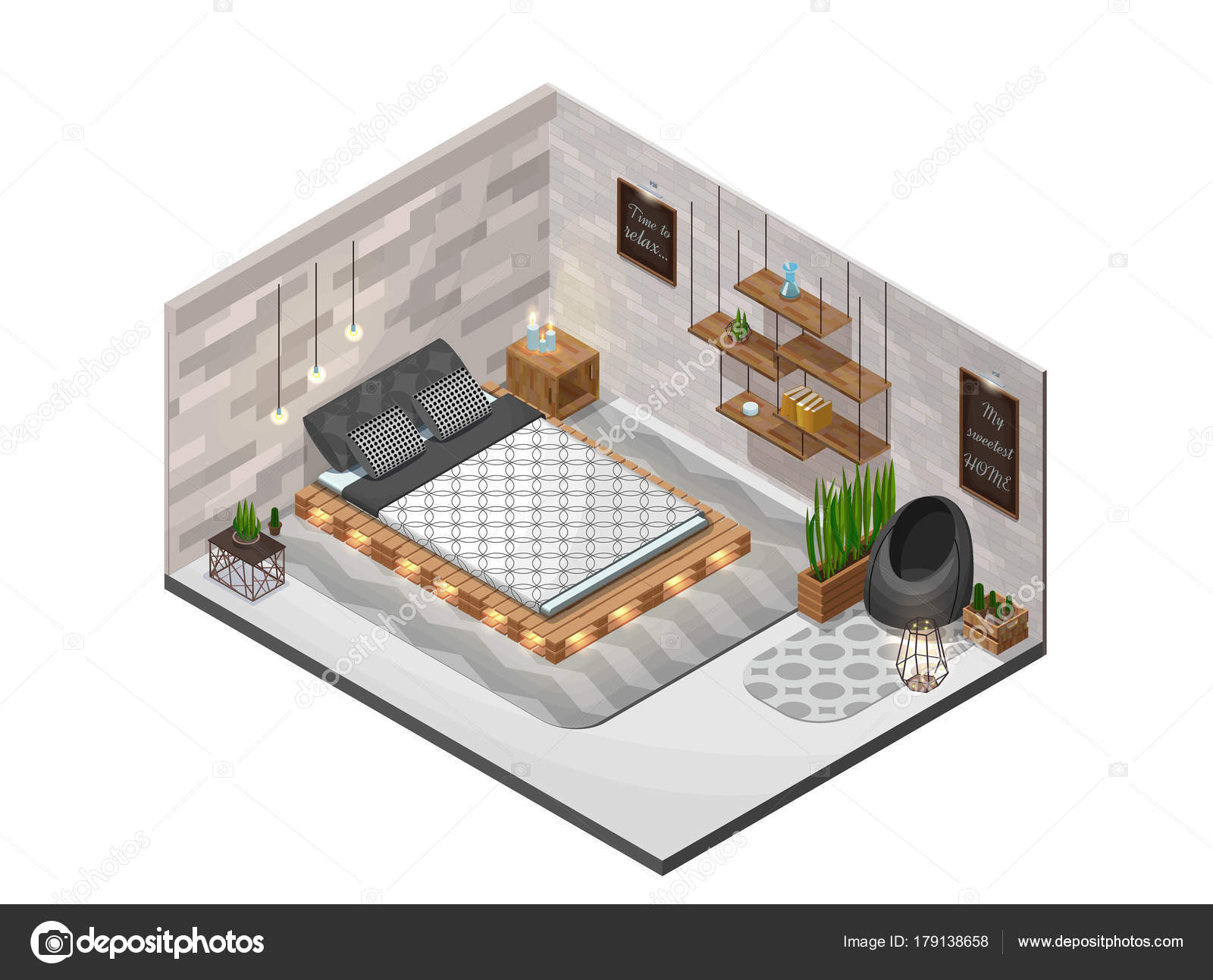Delve Into The Appealing Odyssey Of Reconditioning Historic Cupboards, Unmasking Covert Stories And Deciphering The Enigmas Of Previous Generations
Delve Into The Appealing Odyssey Of Reconditioning Historic Cupboards, Unmasking Covert Stories And Deciphering The Enigmas Of Previous Generations
Blog Article
Article By-Stanley Donnelly
To start the journey of bring back antique closets, you require a keen eye for detail. Imagine discovering hidden secrets within each layer of background ingrained in the timber. Image the contentment of reviving a once-forgotten item to its previous magnificence. Every step of this thorough process holds the vital to maintaining the past while producing a future treasure. So, are weblink ready to embark on this transformative undertaking and unlock the capacity of your antique closets?
Analyzing the Closet's Problem
When starting the reconstruction process, beginning by evaluating the condition of the antique cabinet. Meticulously analyze the general structure for any type of indications of damages such as cracks, chips, or loose joints. Examine the timber for any kind of rot, warping, or insect problem that may have occurred in time. It's essential to determine the extent of the repair required prior to proceeding better.
Next off, examine the cabinet's equipment such as joints, knobs, and locks. Make note of any kind of missing out on pieces or parts that need repair or substitute. Ensure that all equipment is functioning properly and firmly affixed to the closet.
In addition, review the cabinet's coating. Search for any kind of scratches, stains, or discoloration that may affect the aesthetic appeal. Establish if the surface needs to be removed and reapplied or if a straightforward touch-up will certainly be sufficient.
Collecting the Required Devices and Materials
After assessing the condition of the antique cabinet, the following action is to collect the essential tools and materials for the reconstruction procedure. Prior to you begin, guarantee you have the adhering to items handy:
- wood cleaner
- sandpaper in different grits
- wood filler
- paint or wood stain
- brushes
- gloves
- safety and security goggles
- a dust mask
- a ground cloth
- a putty blade
- a hammer
- a screwdriver
- a vacuum
These tools and materials are necessary for a successful reconstruction.
Wood cleaner is crucial for eliminating years of dirt and crud accumulation, preparing the surface for fining sand. Sandpaper of various grits aids in smoothing out blemishes and preparing the timber for a new coating. Wood filler comes in handy for repairing any kind of cracks, openings, or dents existing in the cabinet.
Repaint or wood stain, in addition to brushes, permit you to tailor the closet to your preference. Remember to wear handwear covers, security goggles, and a dirt mask for defense. Set a ground cloth to protect your work area, and use a hoover to tidy up any kind of particles.
With these devices and materials collected, you prepare to start the remediation process.
Carrying Out the Remediation Process
To effectively execute the restoration process on your antique cabinet, start by completely cleaning the surface with the wood cleaner. This step is critical as it assists remove years of dust, crud, and old gloss that may have accumulated externally.
As soon as the closet is clean and dry, assess the problem of the timber. Seek any kind of cracks, scratches, or other problems that require to be attended to. Use wood filler to fix any kind of imperfections, making certain to match the filler color to the timber tone for a seamless surface.
After the repairs have actually dried, gently sand the whole surface area to develop a smooth and even base for the new coating. Take care not to sand too aggressively, as you do not wish to damage the wood underneath.
When the sanding is total, use a timber tarnish or end up of your choice, complying with the manufacturer's guidelines. Permit the coating to completely dry totally before applying a safety top coat to guarantee the durability of your recovered antique closet.
Final thought
Since you have actually finished the reconstruction procedure, your antique cupboard looks as good as new.
By adhering to the detailed guide, you had the ability to examine, fix, and enhance its problem with ease.
With fabuwood showroom and protective top coat, your cherished item will certainly remain to shine for many years to come.
Delight in the beauty of your restored antique cabinet!
